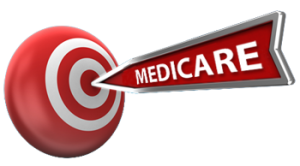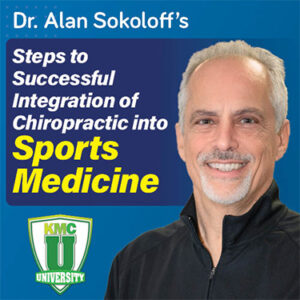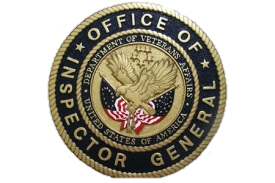Chiropractic Medicare Documentation Requirements
 In order to be reimbursed by Medicare, your documentation must indicate medical necessity. The very act of using the AT (Active Treatment) modifier on your spinal adjustment legally states that the documentation represents reimbursable active care as defined by CMS. We have outlined a published general standard of both Initial and Subsequent visits below, but encourage you to locate your local coverage determinations for your jurisdiction (LCDs) for detailed directions.
In order to be reimbursed by Medicare, your documentation must indicate medical necessity. The very act of using the AT (Active Treatment) modifier on your spinal adjustment legally states that the documentation represents reimbursable active care as defined by CMS. We have outlined a published general standard of both Initial and Subsequent visits below, but encourage you to locate your local coverage determinations for your jurisdiction (LCDs) for detailed directions.
Initial Visit Documentation Requirements
A detailed patient history that includes the symptoms that caused the patient to seek treatment; his/her family history; past health history; description of the current injury; the quality and character of those symptoms; when the problem started, how long it’s been active, how frequently s/he experiences symptoms, location of the problem and whether or not it radiates. Also note if anything aggravates or relieves the symptoms; if there have been other interventions, treatments, or medications used; and if there are any secondary complaints.
- A description of the present illness (Hint: each condition or region you’ll be treating)
- An evaluation of the musculoskeletal/nervous system determined through a physical exam (Hint: each condition or region you’ll be treating)
- A diagnosis (note: the primary diagnosis must be subluxation) that includes a stated level or that is identified by a term descriptive of subluxation. Use terms that refer to either the condition of the spinal joint involved or to the direction or position of the bone in question.
- A plan for treatment that includes the recommended level of care (duration and frequency of visits); the specific treatment goals; and how you plan to measure and evaluate the effectiveness of the treatment
- The date of initial treatment
Routine Visit Documentation Requirements
Often, the initial visit clearly demonstrates medical necessity but the routine, subsequent visits within the episode of care don’t acknowledge the treatment plan and/or treatment goals. According to CMS, on subsequent visits, the following should be documented in order to establish medical necessity:
- A review of the chief complaint(s) and notes about any changes that have taken place since the last visit; a system review if relevant
- A physical exam that addresses the area(s) of the spine involved in the diagnosis; any change in the patient’s condition; an observation of how effective the treatment has been; the presence or absence of a subluxation at every visit
- Complete documentation for this visit
- Description of the progress (or lack thereof) related to treatment goals and care plans
Self-Auditing
As a requirement of a healthy, active compliance program, self-auditing is both instructional and beneficial. Take a moment and locate the chart of two or three Medicare patients who have presented with new episodes of care within the last 90 days. Do the following self-check to assess your level of documentation.
- Review the initial visits for the following:
- Did you clearly describe and document each condition that caused the patient to seek treatment in your office and that you intend to include in your treatment plan?
- Is PART demonstrated (or a viable x-ray on file) for each spinal region you intend to treat?
- Is there a clear treatment plan with defined or descriptive treatment goals, frequency and duration, and an evaluation of treatment effectiveness?
- Do your secondary neuromusculoskeletal diagnoses support the primary subluxation? And are they considered allowed by your Medicare LCD?
- Now, review a sampling of subsequent visits within the episode, such as visits 3, 6 and 9 and evaluate for the following:
- Does each subjective portion of the note reflect changes since the prior visit for each condition/region being treated?
- Are there objective findings for each condition/region being treated and do they describe changes since the last treatment?
- Is there an assessment by the doctor that outlines how the patient is improving or not, and why they do or don’t need more care?
- Is each spinal segment adjusted reflected in the “P” portion of the note, including compensatory regions that need to be addressed, but not billed?
Remember, Medicare documentation requirements are usually adopted by all third-party payers. Self-auditing is not only a requirement of your compliance program but can also identify weaknesses that need attention. Sometimes, self-auditing locates services for which we failed to bill. Implement a self-auditing program to improve the quality of your documentation.
Have you ever had your documentation reviewed by a certified auditor who is on your side? Check out our Proactive Chart Review to see how your documentation would stack up, but in a safe environment.


Great source of reference!





